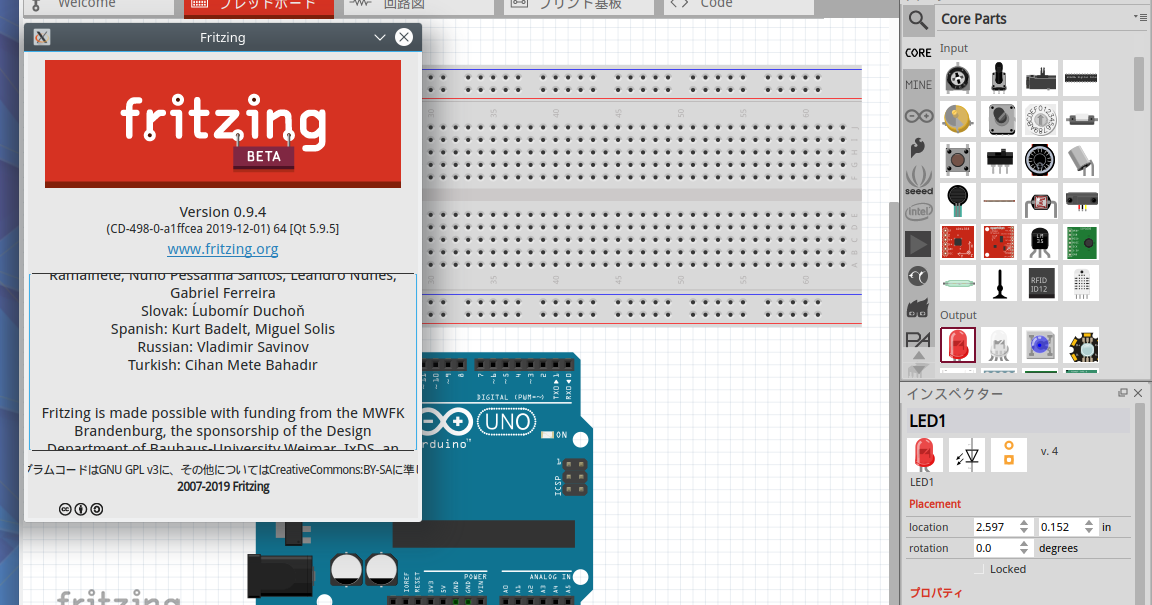

$ sudo nano the text below into the file, changing the user, group, and home directory to reflect your installation. Change to the correct systemd directory:Ĭreate a file called (yes, that symbol is required) Xresources file if it does not already exist Xresources file is present where is your home directory:Ĭreate the. Install the software that allows copy/paste to and from server and clientĬhange to the ~/.vnc directory and create your xstartup file:Īdd the following contents to your xstartup file where is your home directory name:Ĭheck to see if the. $ sudo apt install tigervnc-standalone-server I also install Nano here for text editing: I have found VNC Connect from RealVNC to be a great VNC client for the Mac (and other platforms).Ī few system housekeeping updates before we get started to ensure everything is up-to-date.

Note that after you complete this, you do not need to have an HDMI cable plugged into the Nano I only have power, Ethernet, and a webcam plugged in, and both VNC and SSH work perfectly. I did most of this work via SSH command line, but it may be helpful for you to do this at the console of the Nano itself. Its the synthesis of other posts into one complete document that you can follow to get TigerVNC working and have a VERY responsive, smooth VNC server at the end to get real work done.

Standing on the shoulders of others, I present this end-to-end guide to you. This aggravation led me to to comb through blog and forum posts searching for a complete walkthru on how to set up TigerVNC. This felt wrong VNC is usually very responsive, especially inside a local network. Mouse clicks took forever, let alone the lag from trying to type something into the Terminal or Microsoft Code without misspelling it. After spending time getting the native Vino VNC server running, I could not believe how crappy the screen response time was.


 0 kommentar(er)
0 kommentar(er)
